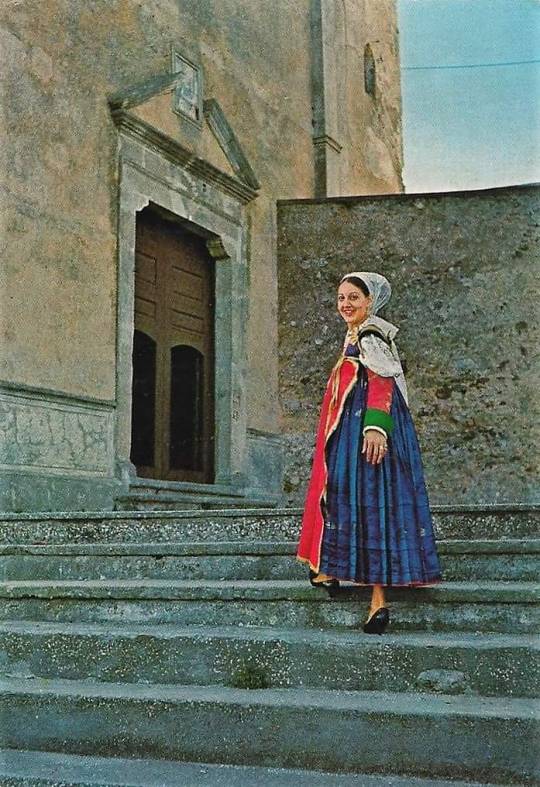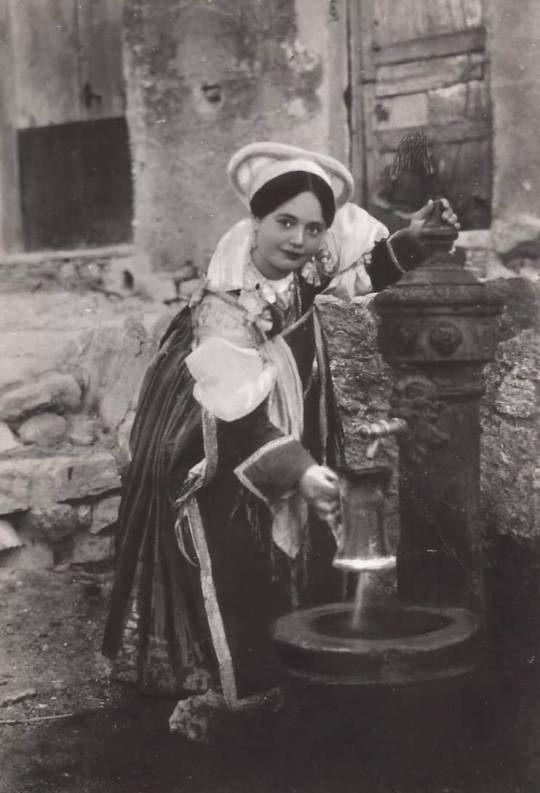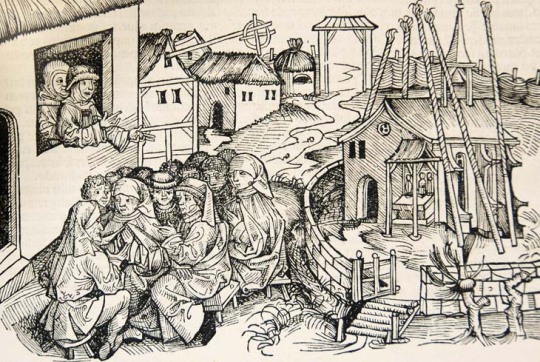#vingate photos
Text





Occitan is still spoken in Southern Italy's Calabria
Blessed with one of the most beautiful languages, Italy is also home to a plethora of linguistic minorities, twelve to be precise, across fourteen regions, with almost three million speakers. The Occitan linguistic minority of the Alpine valleys of Northern Italy's Piedmont and Liguria is probably one of the most well known, also because of the importance the language had in the history of European culture and literature: the Langue d’Oc and its poetry inspired the troubadours of Provence, in Southern France. In those days, Occitan was spoken in the South of France, from the Atlantic to the Alps, but today only small pockets of Occitan-speaking people exists, mostly across the Alpine valleys of France, Liguria, Piedmont and in thr town Guardia Piemontese, in Southern Italy's Calabria.
How did Occitan speaking people end up from the mountains of Northern Italy to the southernmost region of the Italian peninsula?
It’s a long story, one that brings us back to the 13th century, to a religious minority called Waldensians and to the fact Calabria is known for being a welcoming land for all those seeking refuge, from Greeks to Albanians and Jews.

The Waldensian movement had developed in the Cottian Alps between France and Northern Italy towards the end of the 12th century, most likely thanks to the contributions of Peter Waldo (from whom the movement took its name). Waldensians lived a life of asceticism and poverty, but some of their more extreme views — lack of faith in transubstantiation and having associated the Catholic church with the “harlot of the Apocalypse” — turned them into religious pariah and victims of persecution across Europe.
A considerable group of Waldensians moved to Calabria in the 13th century to escape persecution in Northern Italy and the land of Calabria proved to be a blessing, because its fertile soil allowed the development of a prosperous community.
Guardia Piemontese is a town on the Western coast of Northern Calabria.

The date of Guardia's foundation is unknown, and the name of the place has changed several times in history. "Guardia" means watch or lookout, and this name is probably related to a lookout tower built in the 11th century. Such lookout towers were built to warn against Arab pirates, then called Saracens, ravaging the coast.

For the first century, the community of Guardia cohabited peacefully with their Catholic neighbors, but things tragically changed when the Waldensians decided to join the Protestant Reform: then, they became the enemy and victims of a religious persecution that was to obliterate them in the early summer of 1561. Those tragic events are still remembered today in Guardia Piemontese, thanks to a monument called La Porta del Sangue, (the Gate of blood), a memento to the violence that killed so many and forced many others to conversion.
Despite the suppression of their religion, the people of Guardia, or La Gàrdia, as they call it, have continued to use their distinct Occitan dialect, Gardiòl. Not surprisingly, it has been influenced by the speech of their neighbours in Calabria. For example, Gardiòl has adopted the use of retroflex consonants, common in Sicily and southern Italy.
The traditions that the Waldensians brought from Piedmont to Calabria, such as the Occitan language and certain customs, have survived over the centuries right through to the present day.
In 1863 the name Guardia was changed to Guardia Piemontese, to honor the geographical origins of the Waldensians.
On 5 June 2011, 450 years after the massacre in Guardia, the Waldensian Church opened a museum and cultural centre in the town. The museums tells the story of how the Waldensians arrived all the way in Calabria and preserves agricultural tools, the traditional clothing of Guardia Piemontese, made with a particular yarn of broom and the famous hurdy gurdy, an French instrument of medieval origins. In the Occitan valleys in Italy, the hurdy-gurdy was the traveling companion of buskers.

The Waldensian Church and the municipal authorities now collaborate closely in cultural affairs. Numerous ecumenical events have been planned together with the local Catholic community to mark the 500th anniversary of the Reformation.
Follow us on Instagram, @calabria_mediterranea

#guardia piemontese#calabria#italy#italia#south italy#southern italy#mediterranean#folklore#folk dress#traditional clothing#architecture#vintage#vintage photography#vingate photos#italian#italian women#folk costume#occitan#langblr#langue d'oc#d'oc language#heretic#heresy#hurdy gurdy#traditions#history#medieval
37 notes
·
View notes
Photo

#vingate#vintage photoshoot#vintage photography#vintage photo effect#vintage photo#nikon d3200#d3200#18-55m#18-55mm#flash#fotografias con flash#romanticismo#romantic#romantico#romantik#romanticism
1 note
·
View note
Photo

Took myself shopping! At a local vingate and antique shop. Never been before, but i loved it! Got two much needed tables and a wooden stool for fiture photo shoots. Just waiting for a cab now. I got some pretty green glass, too. I'll post pics later. I over spent, but it's okay. I had loads of fun. 🤗🤗🤗 . . . #vintage #antique #shopping #shoppingspree birthday #happy #lookingfine #lovemyself #lovinglife https://www.instagram.com/p/Bv7UHG5BS2B/?utm_source=ig_tumblr_share&igshid=z9efwnr0t8a0
3 notes
·
View notes
Photo

We take a photos session with my brother every year, using a different lens. The 2020 vingate glass was a Zeiss Planar 1.4/85 C/Y #hungariangirls #hungariangirls🇭🇺 #portraitshoot #portraitstream #portraitphotography #portraits #portraiture #portraitmood #portraitpage #makeportraits #portrait_shots #portrait_perfection #portraits_ig #rsa_portraits #portraitphotographer #pursuitofportraits #discoverportrait #portraitoftheday #ig_portrait #bestportraits #portraitstyles_g #top_portraits #postmoreportraits #life_portraits #bestphotogram_portraits #instagram_faces #profile_vision #portraits_universe (at Budapest, Hungary) https://www.instagram.com/p/CJluqBgBGbY/?igshid=1l5f45zcp5ixt
#hungariangirls#hungariangirls🇭🇺#portraitshoot#portraitstream#portraitphotography#portraits#portraiture#portraitmood#portraitpage#makeportraits#portrait_shots#portrait_perfection#portraits_ig#rsa_portraits#portraitphotographer#pursuitofportraits#discoverportrait#portraitoftheday#ig_portrait#bestportraits#portraitstyles_g#top_portraits#postmoreportraits#life_portraits#bestphotogram_portraits#instagram_faces#profile_vision#portraits_universe
0 notes